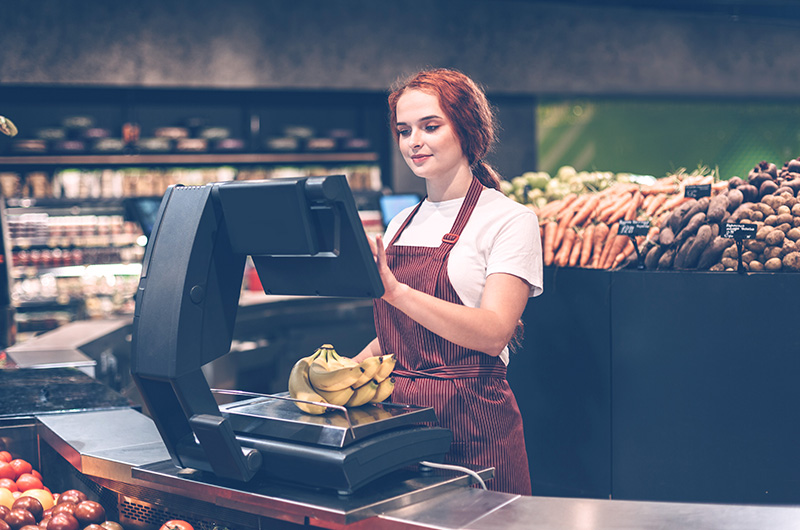Traceability software in the food supply chain has long been highly praised as a viable solution to mitigate the significant worldwide burden of foodborne illnesses. According to the World Health Organization (WHO), approximately 600 million people—almost 1 in 10—fall sick after eating contaminated food. The WHO estimates that 420,000 die every year. Scientists have determined that unsafe food with parasites, viruses, bacteria and/or chemical substances causes more than 200 diseases.
The impact of traceability software for food safety has been well-documented by researchers around the world. That is why many government agencies are implementing more modern frameworks to ensure that local, national and international agri-food businesses improve the transparency and visibility of supply chains from farm to fork. The US Food and Drug Administration’s Blueprint for the New Era of Smarter Food Safety is just one example.
But did you know that, with the right food traceability platform, food companies throughout the value chain can leverage other advantages than “just” for prevention, ensuring a prompt outbreak response, and managing recalls?
Let’s take a look at some of the other challenges agri-food businesses face and how food traceability can help to address them.






